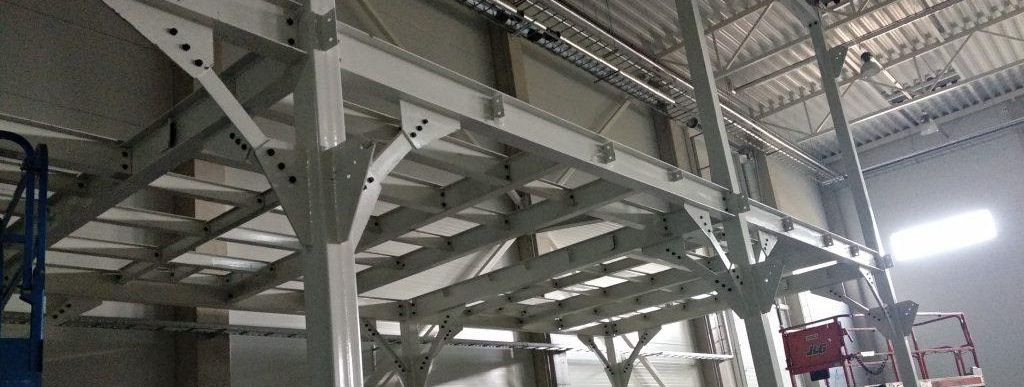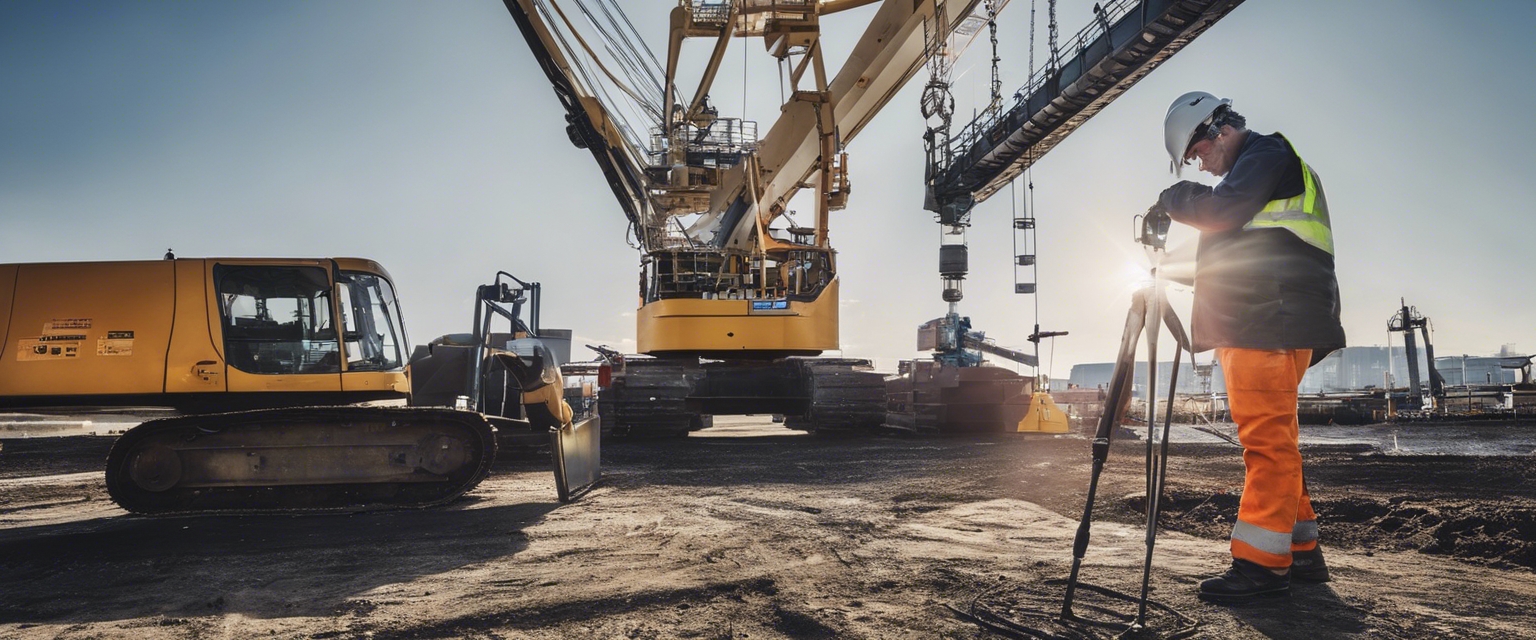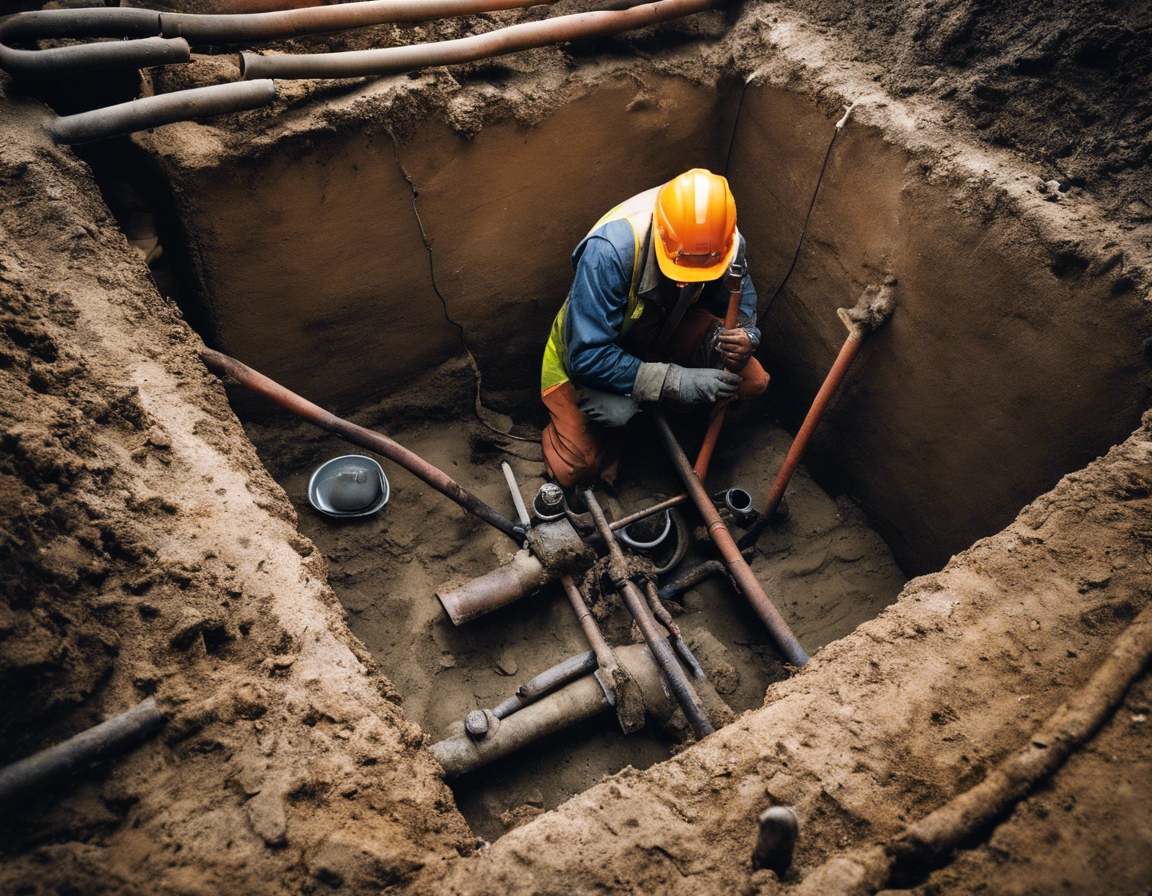The importance of precision in metal structure assembly
Precision in metalworking is the adherence to exact measurements and specifications during the fabrication and assembly of metal structures. It involves the meticulous planning and execution of processes to ensure that each component fits together flawlessly, without any room for error.
Metal structure assembly is a critical process in the manufacturing of frameworks for various applications. It encompasses the cutting, shaping, and joining of metal parts to form a cohesive and functional structure.
The Role of Precision in Various Industries
In the energy sector, precision is vital for the assembly of structures that must withstand extreme conditions and operate reliably over long periods. This includes wind turbines, solar panel frames, and other energy infrastructure.
The construction industry relies on precision for the stability and safety of buildings and infrastructure. Accurate metal assembly ensures that structures can bear the required loads and resist environmental stresses.
For maritime enterprises, precision in metal assembly is crucial for the integrity of ships and offshore platforms, which are exposed to corrosive marine environments and must meet stringent safety standards.
Industrial manufacturers require precise assemblies to guarantee the performance and reliability of machinery and equipment, which are often subjected to high stress and continuous operation.
Benefits of Precision in Metal Structure Assembly
Precision ensures that metal structures have the highest level of integrity, capable of withstanding the demands of their intended use without failure.
Accurate assembly minimizes the risk of structural failures that could lead to accidents, making safety a top priority in precision metalworking.
Precision in assembly leads to more efficient construction processes, reduced waste, and higher productivity, as components fit together seamlessly, reducing the need for rework.
Structures assembled with precision are more durable and have a longer lifespan, as they are less likely to suffer from wear and tear or degradation over time.
Challenges in Achieving Precision
The inherent properties of metals, such as strength, ductility, and thermal expansion, can pose challenges to precision assembly. High-quality materials and proper handling are essential.
Complex designs require advanced techniques and meticulous attention to detail to ensure precise assembly.
The skill and expertise of the workforce play a significant role in achieving precision. Skilled workers are able to interpret plans accurately and execute the assembly with finesse.
Technology, such as computer-aided design (CAD) and computer-aided manufacturing (CAM), has revolutionized precision metalworking, allowing for more complex and accurate assemblies.
Best Practices for Precision Metal Assembly
Implementing stringent quality control measures at every stage of the assembly process ensures that each component meets the required specifications.
Utilizing advanced fabrication techniques, such as laser cutting and robotic welding, contributes to the precision of metal assemblies.
Investing in the training and development of the workforce ensures that workers have the necessary skills to perform precise assembly work.
Adopting the latest technologies in metalworking not only enhances precision but also increases the efficiency and speed of the assembly process.






Comments (0)